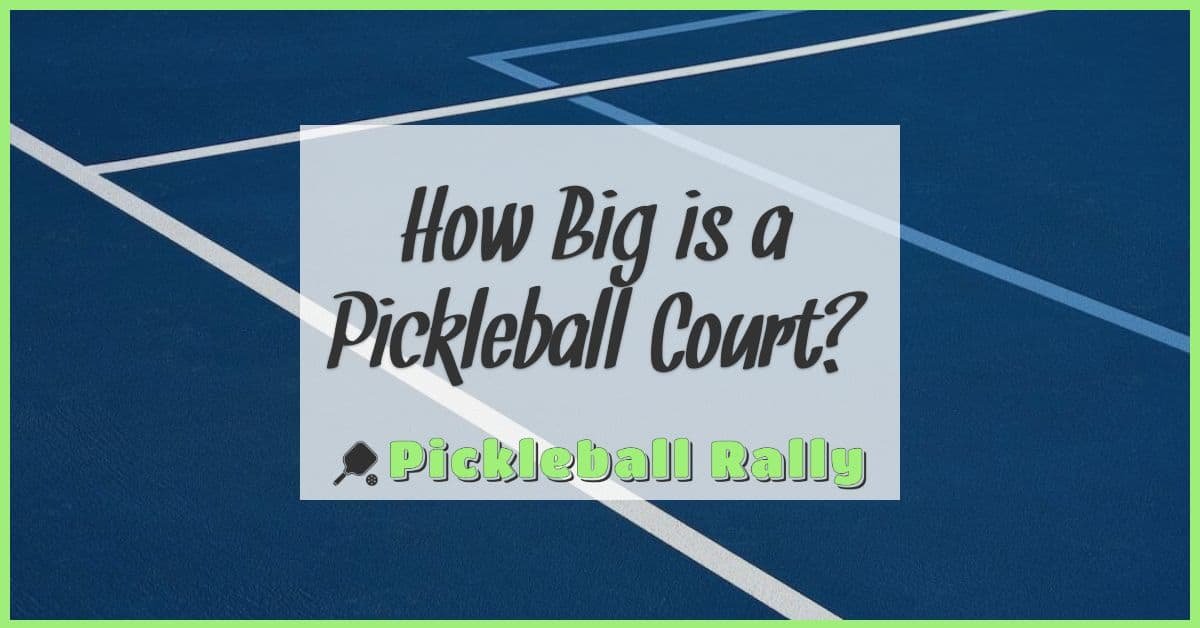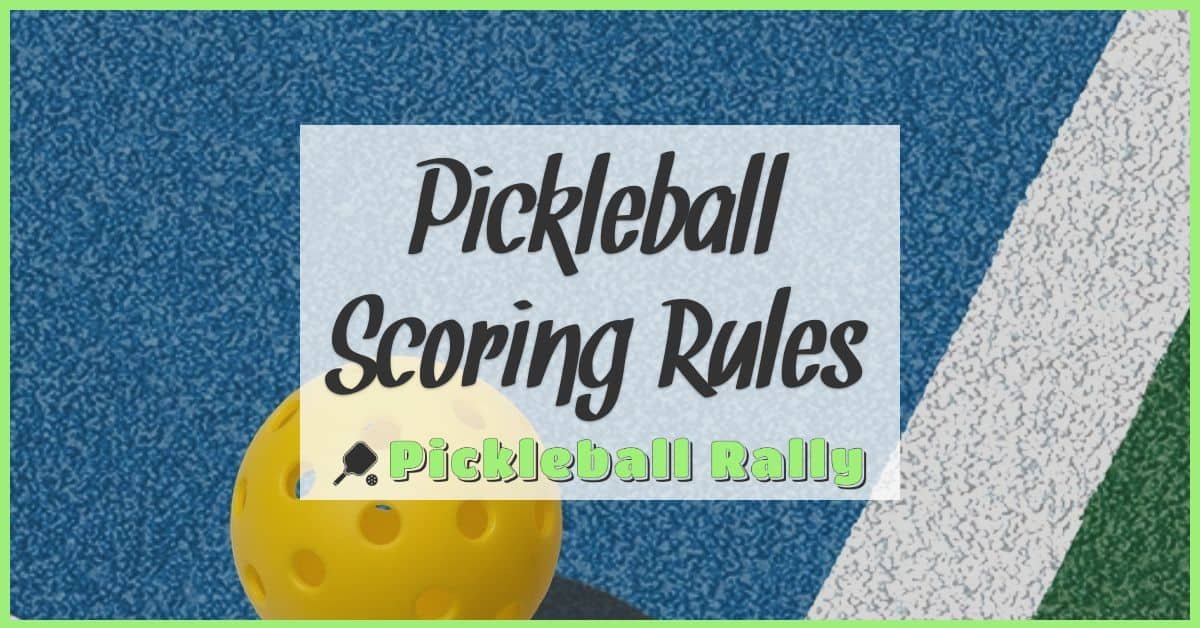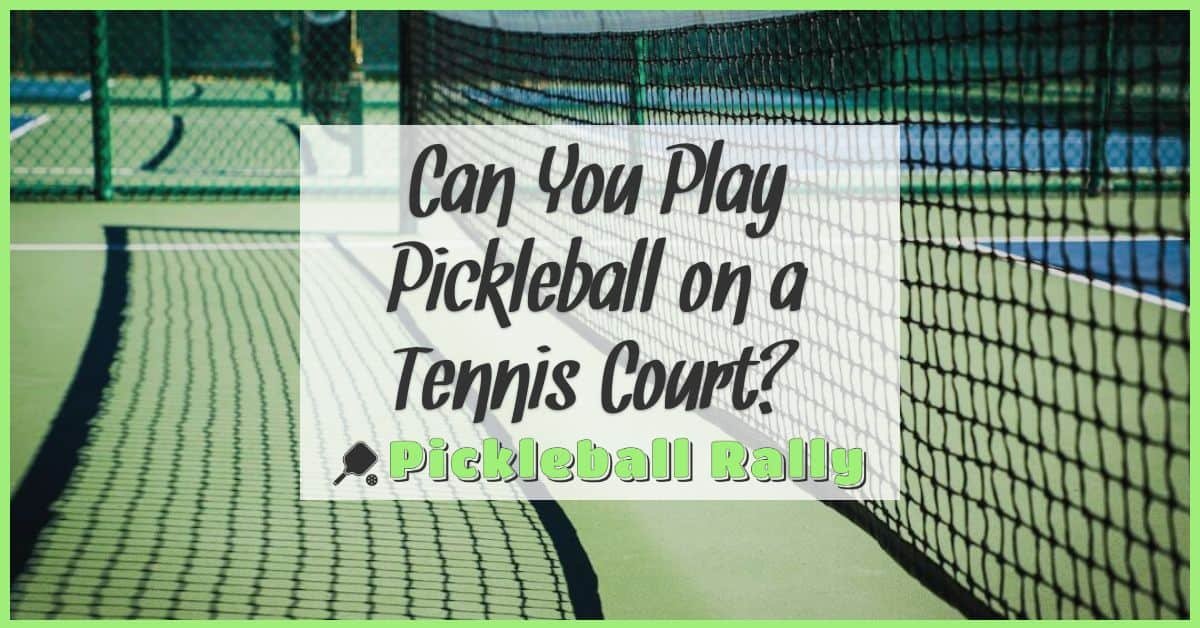Getting ready for your first pickleball tournament can feel both exciting and a little nerve-wracking. We all want to bring our best game and enjoy the experience without feeling overwhelmed. The good news is that with a bit of planning and the right mindset, we can step onto the court confident and ready to play.
Understanding Pickleball Tournaments
Getting familiar with the structure and atmosphere of pickleball tournaments helps us enter our first event with confidence and focus. Let’s explore the different types of tournaments and what to expect as newcomers.
Types of Pickleball Tournaments
Pickleball tournaments come in several formats that fit various skill levels and competitive desires. Understanding these types helps us choose the right event.
- Open Tournaments invite all players regardless of skill, promoting diverse matchups.
- Skill-Level Tournaments categorize players based on rankings or ratings, such as 2.5, 3.0, 3.5, and so on, ensuring fair competition.
- Age-Division Tournaments group participants by age brackets, like 50+, 60+, or senior divisions, accommodating different fitness levels.
- Doubles and Singles Events provide options to compete individually or with a partner, allowing us to focus on our strengths.
- Round-Robin Format guarantees multiple games, so we gain experience even if early matches don’t go our way.
- Single-Elimination Format creates higher stakes since one loss ends the run, useful for sharpening competitive mindset.
Selecting tournaments that align with our skill and goals helps us enjoy the experience while growing our game.
What to Expect in Your First Tournament
Entering a tournament for the first time involves more than just playing—it’s an event filled with structure and social interaction.
- Registration and Check-In happen before play starts, including verifying ratings, paying fees, and receiving schedules.
- Match Scheduling usually provides set times and courts, with some downtime between games for rest and strategizing.
- Warm-Ups typically happen at the assigned court just before matches to prepare mentally and physically.
- Match Play features best-of-three games or timed matches according to event rules. We’ll face players of similar ratings, which balances challenge with fairness.
- Scoring and Rules follow official pickleball guidelines, with line calls often made by players themselves, emphasizing sportsmanship.
- Social Interaction is a big part of tournaments, with opportunities to meet other players, share tips, and build community.
Approaching the first tournament with openness to learning and enjoying each experience sets the stage for steady improvement and lasting enjoyment on the court.
Physical Preparation for Your First Pickleball Tournament
Physical preparation sharpens our skills and boosts endurance for tournament play. Focusing on targeted training and proper body care builds confidence and readiness on the court.
Designing an Effective Training Routine
Building a training routine centers on pickleball-specific drills and overall fitness. We incorporate paddle control exercises, dinking drills, and volley practice to enhance precision and reaction time. We add cardiovascular workouts like brisk walking or cycling for stamina, aiming for at least 30 minutes, 3 to 5 times a week. Strength training focuses on legs, core, and shoulders to improve stability and power during matches. Scheduling practice sessions 4 to 6 times weekly, with varied intensity, maintains consistent progress without overtraining. Tracking improvements with a journal or app helps adjust the routine based on specific needs and upcoming tournament demands.
Importance of Warm-Ups and Cool-Downs
Warming up prepares muscles and joints for the quick movements pickleball requires. We start with 5 to 10 minutes of light cardio such as jogging or jumping jacks, followed by dynamic stretches targeting the shoulders, wrists, hips, and calves. Incorporating paddle swings and short rallies into the warm-up builds focus while increasing blood flow. Cool-downs after play reduce soreness and enhance recovery. We perform static stretches for all major muscle groups and deep breathing exercises for 5 to 10 minutes, helping the body relax and reset for the next session. Consistent warm-ups and cool-downs minimize injury risk and extend our performance longevity.
Mental Preparation and Strategy
Mental strength shapes tournament success as much as physical skill. We focus our minds and craft strategies to perform confidently and adapt fluidly on the court.
Building Confidence and Managing Nerves
Confidence grows through visualization of positive outcomes and recalling successful shots in practice. We stay present, controlling our breathing to reduce tension and prevent distractions. Embracing nerves as energy to fuel our focus turns anxiety into an advantage. Maintaining a routine before matches stabilizes nerves, and reminding ourselves that the tournament is a learning experience keeps pressure manageable.
Developing Match Strategies and Game Plans
Developing strategies starts with analyzing opponents’ strengths and weaknesses during warm-ups or early points. We emphasize playing to our strengths, like controlling the net or delivering consistent serves. Adjusting placement and shot selection keeps opponents off balance. Communication with doubles partners allows coordinated plays and coverage, empowering us to exploit openings. Planning for different scenarios ensures we stay flexible rather than rigid, improving decision-making under pressure.
Essential Gear and Equipment
Picking the right gear makes all the difference in our tournament experience. It keeps us comfortable, boosts our performance, and reduces injury risks.
Choosing the Right Paddle and Shoes
Selecting our paddle depends on play style and skill level. Lightweight paddles around 7.5 to 8 ounces offer better maneuverability for quick volleys, while heavier paddles add power for baseline shots. Materials like graphite provide a good mix of control and pop. Comfort grips ensure longer play without hand fatigue.
Shoes designed for court sports suit pickleball best. Look for lightweight, non-marking soles with lateral support to handle quick side shifts. Cushioned insoles absorb impact and protect our knees during frequent stops and starts. Avoid running shoes since they lack the necessary side stability.
What to Pack for Tournament Day
Packing smart helps us stay focused and ready. Essentials include:
- Paddle, backup paddle for emergencies
- Approved non-marking court shoes and extra socks
- Comfortable breathable clothing suited to weather
- Water bottle and electrolyte drinks to stay hydrated
- Healthy snacks like nuts or energy bars to maintain energy
- Sunglasses and a hat to protect against glare for outdoor play
- Towel and wristbands for sweat management
- Sunscreen if playing outside
- Scorekeeper or notebook to track match details and strategies
Keeping these items organized in a lightweight bag lets us move easily between matches without distraction or stress.
Tournament Day Tips
Tournament day calls for clear focus and steady energy. Staying sharp means paying close attention to how we fuel our bodies and manage our time between matches.
Nutrition and Hydration Strategies
Eating balanced meals before matches maintains energy and concentration. We stick to complex carbs like whole grain bread or oatmeal paired with lean protein such as eggs or chicken. Avoid heavy or greasy foods that slow us down. Drinking water regularly throughout the day keeps muscles hydrated and reaction times quick. When matches extend past an hour, electrolyte drinks help replenish salts lost through sweat. Bringing easily digestible snacks — bananas, nuts, or energy bars — ensures we avoid energy dips without stomach discomfort.
Managing Time and Staying Focused
Arriving early allows time to check in, warm up thoroughly, and mentally prepare without rushing. We create a flexible schedule around match times but stay ready for any changes. Between matches, light stretching and brief walks help reduce tension and keep muscles loose. We limit distractions by avoiding excessive phone use and focusing on breathing techniques or positive self-talk. Staying present during each point anchors us mentally and prevents nerves from building. Keeping our eyes on the ball and trusting our training helps maintain confidence from the first serve to the final rally.
Conclusion
Stepping onto the court for your first pickleball tournament is an exciting journey filled with growth and fun. Embracing the experience with an open mind helps us learn and connect with others who share our passion.
By staying focused on our preparation and enjoying each moment, we set ourselves up for success beyond just winning matches. Let’s keep the spirit of the game alive and look forward to many more tournaments ahead!









